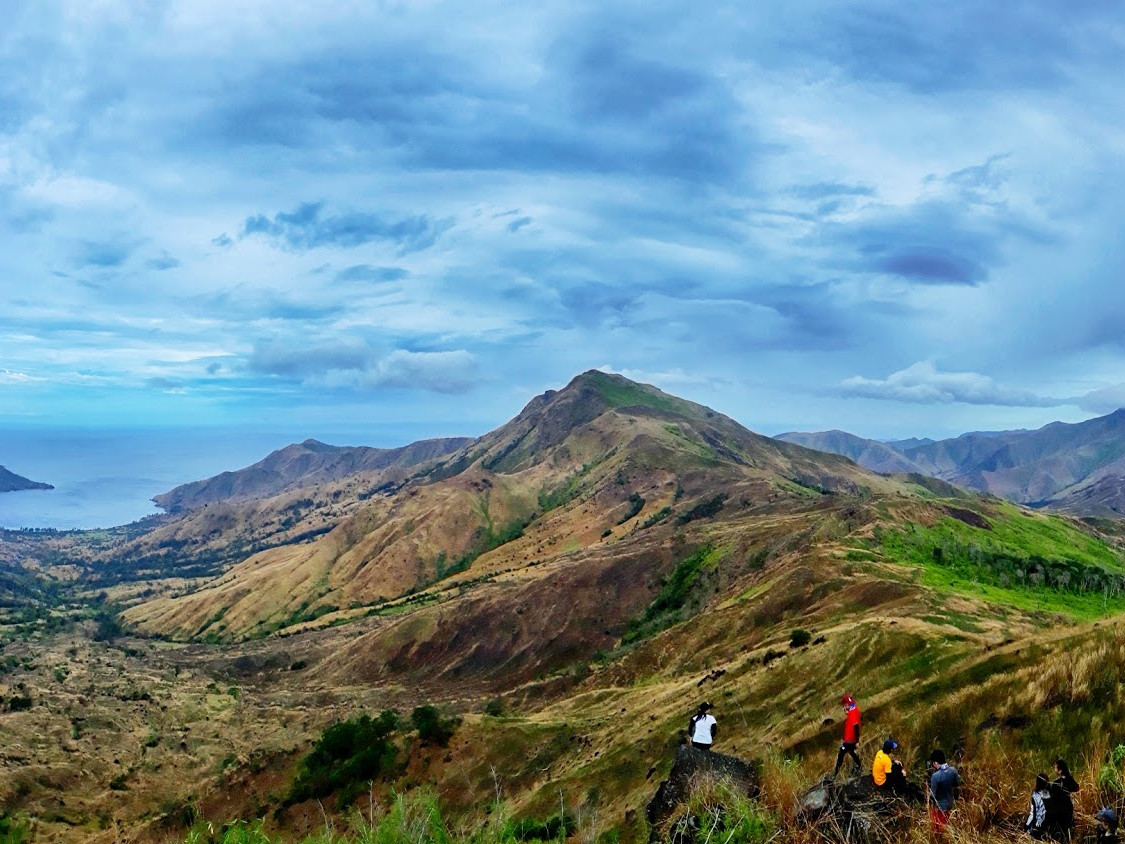Why are Zambales Mountains So Prominent?
Unveiling the Majesty: Exploring the Enigmatic Prominence of Zambales Mountains!
Zambales Mountains

The Zambales Mountains, a majestic mountain range situated on the western coast of Luzon island in the Philippines, stand as a towering symbol of nature’s grandeur and resilience. Stretching along a north-south axis, these rugged peaks dominate the landscape, separating Luzon’s central plain from the vast expanse of the South China Sea. But what makes the Zambales so prominent? In this comprehensive exploration, we will delve into the geological, geographical, and ecological factors that contribute to the prominence of the Zambales Mountains, unraveling the mysteries of their towering presence and enduring allure.
Geological Origins of Zambales Mountains
To understand the prominence of the Zambales Mountains, we must first delve into their geological origins. The Philippines is situated in the Pacific Ring of Fire, a region characterized by intense volcanic and tectonic activity. The Zambales owe their existence to the dynamic forces of plate tectonics, where the collision and convergence of several tectonic plates have led to the uplift and deformation of the Earth’s crust in this region. Subduction zones and volcanic activity have played a significant role in shaping the landscape, contributing to the formation of the towering peaks that define the Zambales.
Geographical Features and Characteristics
The geographical features and characteristics of the Zambales Mountains also contribute to their prominence. Situated on the western coast of Luzon island, the mountains overlook the South China Sea, providing breathtaking panoramic views and dramatic vistas. The rugged terrain, steep slopes, and rocky outcrops of the Zambales create a striking contrast against the surrounding plains, capturing the imagination of travelers and adventurers alike. Additionally, the presence of diverse ecosystems, including lush forests, cascading waterfalls, and pristine beaches, adds to the allure of the Zambales, attracting visitors from far and wide.
Ecological Significance and Biodiversity
The ecological significance and biodiversity of the Zambales Mountains further enhance their prominence. The mountain range is home to a rich variety of flora and fauna, including endemic species found nowhere else in the world. The dense forests of the Zambales harbor rare and endangered plant and animal species, contributing to their ecological importance and conservation value. Moreover, the mountains serve as a vital watershed, providing water resources for surrounding communities and supporting diverse ecosystems that rely on the region’s abundant natural resources. Just as we know Why are Sikhote-Alin Mountains So Prominent?
Cultural and Historical Heritage
Beyond their geological and ecological significance, the Zambales Mountains hold cultural and historical importance for the people of the Philippines. Indigenous tribes such as the Aetas have inhabited the region for centuries, forging a deep connection with the land and its natural wonders. The mountains are also steeped in folklore, legends, and traditions passed down through generations, reflecting the cultural heritage and identity of the Filipino people. Additionally, the Zambales have played a role in shaping Philippine history, serving as a backdrop for significant events and movements that have shaped the nation’s destiny.
Tourism and Recreational Opportunities
The prominence of the Zambales Mountains is further highlighted by the tourism and recreational opportunities they offer. The mountain range attracts thousands of visitors each year, drawn by the promise of adventure, exploration, and relaxation amidst nature’s splendor. Hiking, trekking, camping, and wildlife viewing are just a few of the activities that visitors can enjoy in the Zambales, providing opportunities to connect with the environment and create lasting memories. Moreover, the region’s proximity to urban centers such as Manila makes it easily accessible to both local and international travelers, contributing to its popularity as a tourist destination.
Conclusion:
In conclusion, the prominence of the Zambales Mountains can be attributed to a combination of geological, geographical, ecological, cultural, and historical factors. As one of the most prominent mountain ranges in the Philippines, the Zambales serve as a symbol of nature’s power and beauty, captivating the imagination of all who behold them. Whether admired for their rugged terrain, diverse ecosystems, cultural significance, or recreational opportunities, the Zambales stand as a testament to the enduring bond between humanity and the natural world, inviting exploration, appreciation, and stewardship for generations to come.
Know More about Zambales Mountains.
What Are The Tourist Places Nearest to Zambales Mountains?
When Were Zambales Mountains Formed?
Where Are Zambales Mountains Located?
Who Discovered Zambales Mountains?
How to Reach Zambales Mountains?




